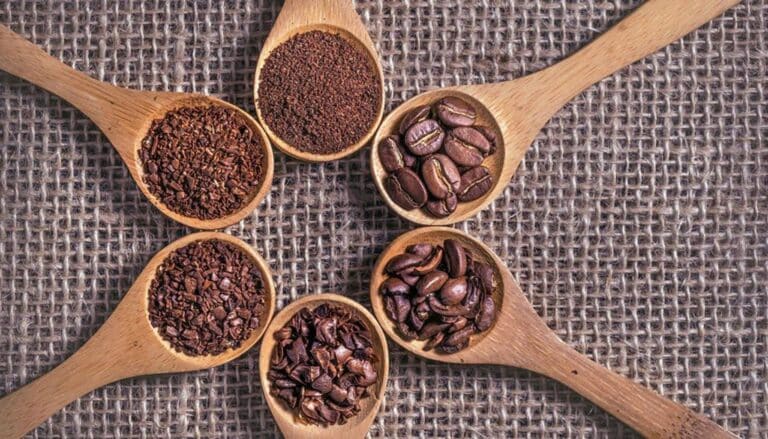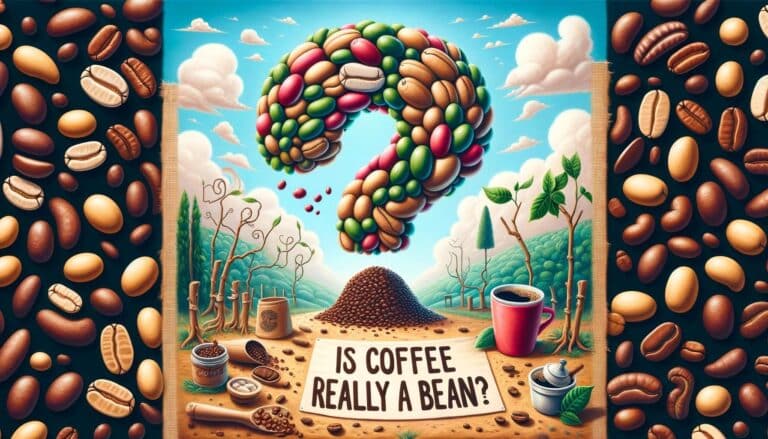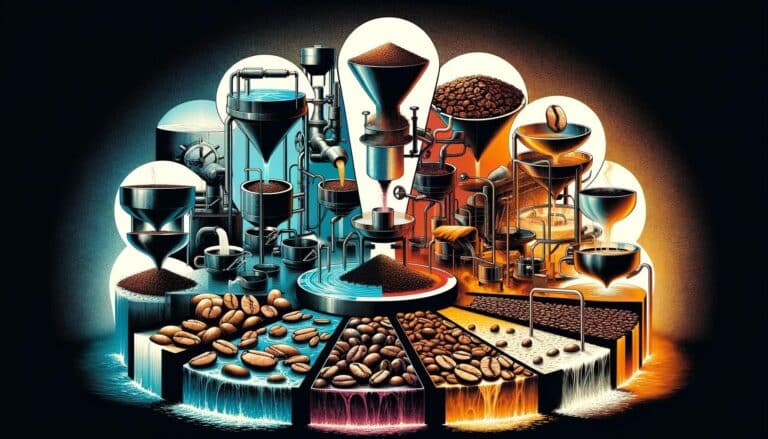So, What is Coffee? People prepare coffee, a brewed drink, from roasted coffee beans. These beans are the seeds of the Coffea plant’s berries, originally from Africa’s tropical regions. Today, people around the world enjoy coffee, and it’s a major export for many countries. Coffee appeals to everyone, from those who wake up early to those who stay up late. Its bitter-sweet taste and invigorating aroma attract millions.
Coffee’s impact on the global economy is enormous. It’s one of the most traded goods worldwide, second only to oil in value. Coffee farming shapes the lives of millions, especially in developing countries. Beyond the economics, coffee is a vital part of social events and cultures around the world. It has created an extensive industry involving farmers, exporters, roasters, baristas, and café owners, not to mention the many people who enjoy drinking coffee every day.
This article takes you on an exciting journey into the world of coffee. Discover the history of coffee, the science behind it, how people grow it, the careful ways they prepare it, and its role in our cultures. This isn’t just about understanding coffee—from its origins as a plant, through various brewing methods, to its significant impact on societies worldwide. Whether you’re a coffee expert or just curious, this article will deepen your understanding of coffee and help you appreciate every cup more.
What is Coffee?
Coffee is a popular beverage made from roasted coffee beans, which are the seeds of the Coffea plant. It is known for its stimulating effects due to caffeine and is enjoyed in various forms, such as black coffee or coffee with milk and sugar. Coffee has a wide range of flavors and can be prepared through different brewing methods to suit individual tastes.
The History of Coffee

Origins of coffee and its first uses
The story of coffee began in the 9th century in Ethiopia, where it’s believed to have first been discovered. According to legend, an Ethiopian goat herder named Kaldi noticed that his goats were unusually energetic after eating berries from a certain tree. Monks at a local monastery heard of this and decided to brew a drink with the berries, which kept them awake during long hours of evening prayer. Thus, the energizing effects of coffee were discovered. Initially, coffee was primarily used in religious practices, often as a stimulant during long prayer sessions.
Spread of coffee around the world
The spread of coffee started from the Muslim world, where it quickly became an integral part of social life and hospitality customs. From the Middle East, coffee reached the Ottoman Empire and then made its way to Europe in the 17th century, where it rapidly gained popularity. By the 18th century, coffee had become one of the colonial world’s leading trade goods, as colonies around the world started to cultivate the plant to meet increasing demand.
How coffee has shaped society and culture
Coffee has played a significant role in many societies throughout history. It fueled the Enlightenment in Europe, where coffee houses became centers of intellectual exchange. In many countries, traditional coffee rituals remain a cornerstone of hospitality. The global influence of coffee continues to grow with the third wave coffee movement, emphasizing coffee as an artisanal foodstuff rather than a commodity. Today, coffee is more than just a beverage; it is a cultural phenomenon that bridges social and economic gaps, symbolizing both a morning necessity for some and a link to the global economy for others.
What is Coffee from a Botanical Perspective?
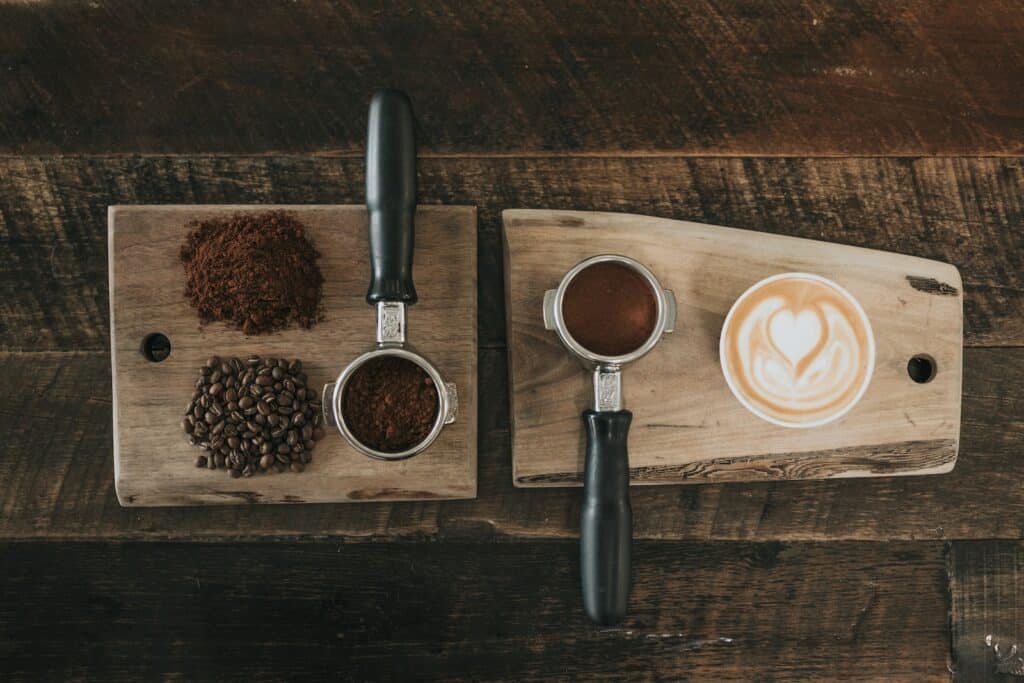
Description of the coffee plant and its species
Coffee plants belong to the genus Coffea within the family Rubiaceae. They are evergreen shrubs or small trees that can grow up to 10 meters in height but are usually pruned shorter for easier harvesting. The two most commercially important species are Coffea arabica (Arabica coffee) and Coffea canephora (known as Robusta coffee). Arabica, accounting for about 60% of global production, is generally considered higher quality and has a wide variety of flavors. Robusta, on the other hand, is more disease and pest-resistant, contains more caffeine, and is often used in instant coffee and espresso blends.
The growth and harvesting process
Coffee plants thrive in tropical climates with rich soil, shade, and steady rainfall. They start producing fruit, known as “coffee cherries,” about three to four years after planting. These cherries are typically hand-picked in a labor-intensive process. There are two primary methods of processing coffee cherries. First is the dry method, where the cherries are spread out in the sun to dry. Second is the wet method, where the pulp is removed from the cherry and the beans are fermented and washed.
The lifecycle of a coffee bean from seed to fruit
The coffee lifecycle begins with the planting of a coffee seed. In about two to three months, the seed germinates and grows into a seedling. It continues to grow over the next few years until it matures into a coffee tree capable of producing fruit. After the coffee cherries are harvested and processed, the seeds (which we know as coffee beans) are extracted, dried, sorted, and bagged for export. Once at their final destination, these green coffee beans are roasted at varying levels to produce the final product that ends up in our coffee cups.
The Science of Coffee

Chemical composition of coffee
Inside every cup of coffee, there’s a dynamic world of chemistry waiting to be explored. Caffeine takes center stage as the key element that kick-starts our brains and wards off fatigue, making coffee the preferred morning jolt for many. But the charm of coffee isn’t limited to caffeine. It’s a complex concoction of hundreds of compounds, each adding its unique note to the brew. Antioxidants like chlorogenic acids are part of this ensemble, and they’re thought to boast a number of health perks. Other compounds like lipids, melanoidins, and volatile aromatics contribute significantly to coffee’s flavor profile.
The process of roasting and how it affects flavor
Roasting is a critical step that transforms the raw, green coffee beans into the flavorful brown beans we are familiar with. This pivotal process awakens a fascinating chemical ballet known as the Maillard reaction when heat is introduced. This reaction between amino acids and sugars in the bean creates melanoidins, which contribute to the color, flavor, and aroma of the coffee. The intensity of the roast can orchestrate the flavor of the coffee; lighter roasts sing with acidity and fruity notes, whereas darker roasts deliver a more robust, bitter, and smoky performance.
Health impacts and benefits of coffee
Coffee has been the subject of numerous health studies. Enjoying coffee in moderation can paint a picture of potential health benefits, including a lower risk of ailments such as type 2 diabetes, Parkinson’s disease, and certain liver diseases. The antioxidants present in coffee might act as your body’s little soldiers, combating inflammation and skirmishing with free radicals. But remember, balance is the key. Overindulgence can spoil the harmony, leading to sleep disturbances, digestive discomfort, and an increased heart rate. It’s also worth noting that individual reactions to coffee can vary greatly due to genetic differences in metabolizing caffeine.
Coffee Cultivation and Production

Overview of the world’s top coffee-producing countries
The tropical climate along the equator provides the perfect conditions for coffee cultivation. Brazil is the world’s largest coffee producer, followed by Vietnam, Colombia, and Ethiopia. These countries have unique coffee cultivation traditions that result in varied flavors and qualities. Other significant producers include Honduras, India, Uganda, Mexico, and Peru.
Environmental impact and sustainability concerns
Coffee production can have significant environmental impacts. These range from deforestation for plantation expansion to water pollution from the processing of coffee cherries and the use of pesticides. Climate change is also a rising threat, with shifts in temperature and rainfall patterns potentially making current coffee-growing regions unsuitable for cultivation. Many producers and organizations are now focusing on sustainable coffee production methods, including shade-grown coffee, organic practices, and water conservation methods.
Fair trade and ethical considerations
The coffee industry is notorious for sometimes offering low prices that do not cover production costs, leading to economic instability for coffee farmers. The Fair Trade movement aims to secure better trading conditions and empower farmers to combat poverty, strengthen their position, and take more control over their lives. Fair Trade certified coffee guarantees consumers that the product they buy was produced in a way that respects workers’ rights and the environment.
The Art of Coffee Preparation

The various methods of brewing coffee
There is a multitude of ways to brew coffee, each providing a distinct flavor profile and strength. Some popular methods include drip or pour-over coffee, French press, espresso, Aeropress, and cold brew. Each method has its unique steps and requirements regarding grind size, water temperature, and brewing time, all of which impact the final taste of the coffee.
Exploration of different coffee beverages
There are countless ways to enjoy coffee beyond the traditional black cup. An espresso is a concentrated form of coffee served in small amounts and is the base for many other coffee drinks. A latte consists of espresso and steamed milk, with a small amount of milk foam on top. Other popular coffee beverages include cappuccino, macchiato, Americano, mocha, and flat white, each having a unique combination of espresso, milk, and sometimes other flavors like chocolate.
Tips and tricks for making the perfect cup of coffee at home
Making the perfect cup of coffee involves careful attention to several factors. These include the freshness of the beans, the grind size (which should match your brewing method), the quality and temperature of the water, and the brew time. Finding the right balance between these variables requires some experimentation but can result in a satisfying cup that suits your personal preference. Moreover, cleaning your coffee equipment regularly can also significantly impact the taste by avoiding the accumulation of residual coffee oils and particles.
The Coffee Culture
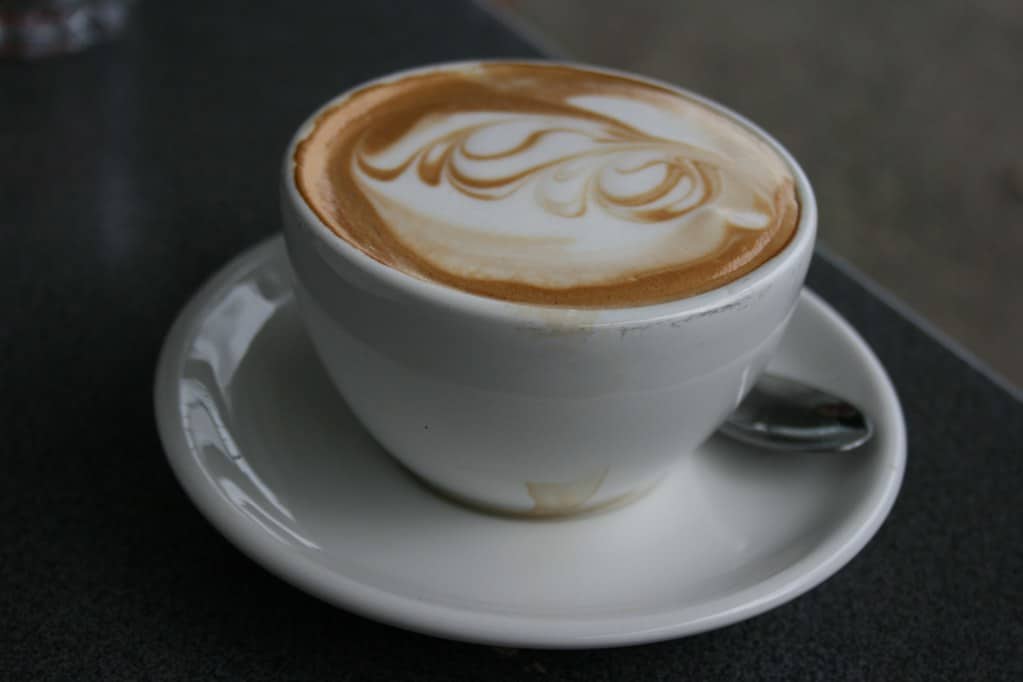
Coffee shops and cafés have been integral parts of society for centuries, serving as hubs for socialization, work, and relaxation. They’ve played host to intellectual discourse, political movements, and cultural developments. Today, they continue to be spaces where communities gather, conversations occur, and ideas are shared, maintaining their historical function as “public living rooms.”
Coffee holds a prominent place in popular culture, often symbolizing energy, comfort, or the daily grind in movies, literature, and art. It’s a common prop in films, used to set scenes, reveal character traits, or stimulate dialogue. In literature, coffee often serves as a metaphor or symbol. Numerous songs refer to coffee, and visual arts frequently depict coffee or coffee-drinking scenes, demonstrating its cultural significance.
The third wave of coffee is a movement that considers coffee an artisanal foodstuff, like wine, rather than a commodity. This approach appreciates every stage of coffee production, from growing and harvesting to processing, roasting, and brewing. It emphasizes quality, sustainability, and a closer relationship between coffee growers, traders, and consumers. This movement has led to a proliferation of specialty coffee shops where baristas are akin to sommeliers, educating customers about the origin, flavor profile, and best brewing methods for each type of bean.
Conclusion

Coffee is more than just a beverage—it is an economic lifeblood, a catalyst for social interaction, a subject of scientific study, and a richly diverse culinary product. From its humble beginnings in Ethiopia to its ubiquitous presence around the globe, coffee has a fascinating history and a multifaceted character.
Whether it’s the comforting ritual of a morning brew, the shared experience over a cup with friends, or the fuel for a long work day, coffee touches our lives in many personal and profound ways. It intertwines with our routines and traditions, becoming a constant, comforting presence.
As we have uncovered, the world of coffee is vast and diverse. There’s so much more to every cup than meets the eye. So next time you enjoy your coffee, take a moment to appreciate its journey from a simple berry to the complex drink in your hand. Consider exploring different brewing methods, trying beans from various origins, or even visiting a local roastery or coffee shop to learn more. Coffee offers endless opportunities for exploration and enjoyment, so we encourage you to dive in and savor every sip.
References and Further Reading
- National Coffee Association USA. (n.d.). What is Coffee? https://www.ncausa.org/About-Coffee/What-is-Coffee
- Britannica. (n.d.). Coffee. https://www.britannica.com/topic/coffee
- Harvard T.H. Chan School of Public Health. (n.d.). Coffee. https://www.hsph.harvard.edu/nutritionsource/food-features/coffee/
- WebMD. (n.d.). Coffee. https://www.webmd.com/vitamins/ai/ingredientmono-980/coffee

